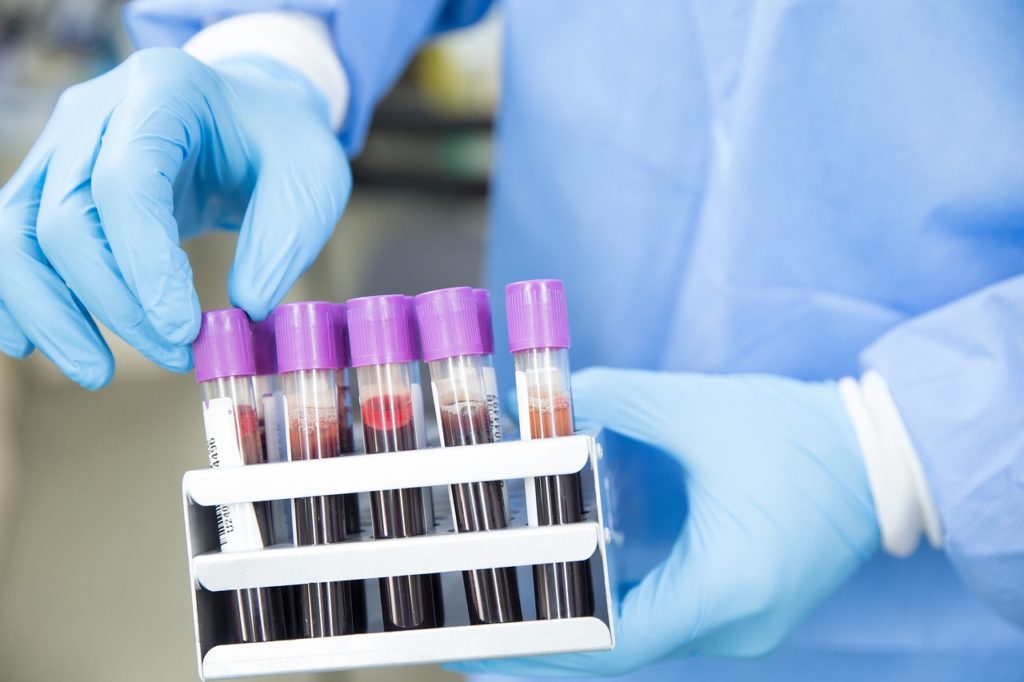Want to learn about scientific topics without needing a PhD? Check out the Science Simplified blog from TESS Research Foundation! Dr. Tanya Brown, PhD, works with researchers to make science accessible and empower rare disease community members with scientific knowledge. Dr. Brown has over a decade of experience in neurodevelopmental research and is currently the Scientific Director for TESS Research Foundation. Please reach out to her at [email protected] if you have questions or comments.
Have you ever wondered how animals can be used in research institutions to help scientists investigate diseases? In humans, sometimes diseases lead to changes in behavior. Diseases can change the way people move, sometimes people have trouble remembering things, or sometimes there are changes in behavior that show a person has become depressed. Animals have behaviors too! Studying animal behavior is a valuable tool in research. One of the many advantages of using animals in research is that scientists can study changes in animal behavior to learn about individual diseases. Studying animal behavior can also help determine whether a new research model is useful to study a disease. This article will walk through a few different examples of how scientists study animal behavior to study diseases.
Learning about memory
Each behavioral task has been designed by scientists to study specific disease-associated behavioral changes. Therefore, the behavioral task needs to isolate one specific behavior from others to be successfully used in research. To study learning and memory in mice, scientists may use the Object Recognition Task (OR). This task takes advantage of the fact that a mouse is a curious animal and will spend time sniffing objects trying to identify them, while also acquiring information on their shape, location, size (Figure 1A). The Object Recognition Task works by placing the mouse in a box with two identical objects inside. The mouse will spend time trying to identify each object. Scientists will measure the amount of time the mouse spent exploring each object. After 10 minutes, the mouse is removed from the box and, just like us, it will have formed a memory about the object characteristics.

When the mouse is placed again inside the same box, one of the objects has now been replaced with a new object with a different shape (Figure 1B). A healthy mouse will remember it has already explored the first object (old) and spend more time sniffing and interacting with the new object in the box (Figure 1C). If the animal has troubles with memory, like in Alzheimer’s disease, it will not remember the old object nor recognize the new object, thus spending an equal amount of time exploring both (Figure 1C).
A change in behavior is also called a behavior phenotype. Scientists can use the information from these tests to identify new potential treatments for behavior phenotypes, like memory loss. For example, scientists could test a new drug for Alzheimer’s disease in the mice, and then have the mouse do the OR task again to see if the mouse’s memory deficits can be reversed by the drug. Sometimes scientists say that a drug or a treatment “rescues the behavior phenotype.” This means that the drug has a positive effect. These days, scientists may manipulate an animal’s genes. Researchers do this in order to identify how genes contribute to the memory deficits that occur due to Alzheimer’s disease.
Learning about motor skills
Given the wide range of disease presentation and symptoms, it is not surprising to learn that many other behavioral tasks exist to investigate specific and varied disease-associated behaviors. Parkinson’s disease, for example, is associated with motor deficits, thus animal models for Parkinson’s disease use behavioral tasks designed to study motor disabilities. One of these tasks is called Rotarod and is depicted in the illustration below.
 In this task, the animal is placed on the Rotarod apparatus for a set amount of time. During this time, the wheel will move (almost like a treadmill for the animal). The animal will try to remain on the spinning apparatus because it will be scared of falling down, while the wheel increases its moving speed.
In this task, the animal is placed on the Rotarod apparatus for a set amount of time. During this time, the wheel will move (almost like a treadmill for the animal). The animal will try to remain on the spinning apparatus because it will be scared of falling down, while the wheel increases its moving speed.
Scientists measure the time it takes for the animal to fall. Scientists can then compare the time it took to fall for the healthy mouse vs. the mouse with the disease. Mice with motor difficulties will spend significantly less time on top of the Rotarod compared to an animal with healthy motor control.
Stay tuned for Part Two of this story.
Is there a topic you want to see covered in Science Simplified? Let us know by emailing [email protected].






